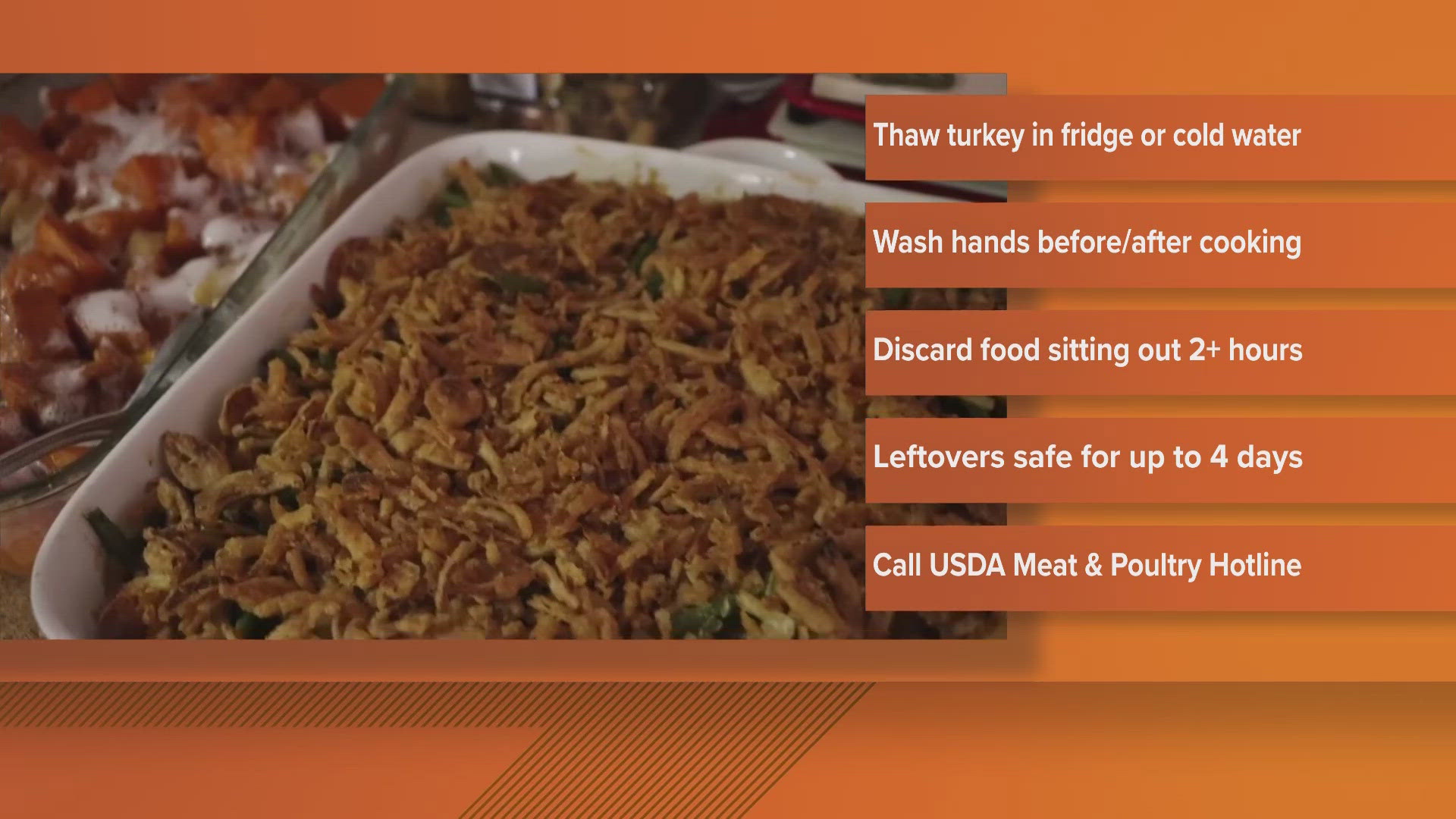WASHINGTON — When we think of Thanksgiving, we often picture steaming plates of turkey, mashed potatoes, cranberry sauce, and pumpkin pie. But the first Thanksgiving in 1621, shared between the Pilgrims of the Plymouth Colony and the Wampanoag people, looked quite different—and its significance runs deeper than the food on the table.
A look at the first Thanksgiving:
The year was 1621, and the Pilgrims had just survived their first brutal winter in the New World, though nearly half of their group perished. Their survival was due in no small part to the help of the Wampanoag people, particularly a man named Tisquantum (commonly known as Squanto). He taught the Pilgrims essential skills like planting corn, catching fish, and identifying local plants.
As the harvest season arrived, the Pilgrims, led by Governor William Bradford, wanted to celebrate and give thanks for their newfound friendship and the bounty of their harvest. They invited Chief Massasoit and members of the Wampanoag tribe to join in a three-day feast.
What was on the menu?
Forget the pumpkin spice and candied yams; the first Thanksgiving table was a blend of New England’s wilderness and Native American cuisine. Here’s what historians believe was on the menu:
- Venison: The Wampanoag brought deer to the feast, a generous offering that likely stole the spotlight.
- Wildfowl: Think ducks, geese, and maybe turkey.
- Seafood: Lobster, clams, and fish were served.
- Corn: But not the buttered cobs we love—it was probably ground into porridge or used in bread.
- Squash and beans: Staples of Native American agriculture were likely included, showcasing the "Three Sisters" planting technique.
Notably absent? Mashed potatoes, cranberries with sugar (sugar was scarce), and pumpkin pie (though pumpkins may have been baked).
This gathering wasn’t just a meal; it was a rare moment of peace between two very different cultures. The Wampanoag people had lived in the region for thousands of years, and their alliance with the Pilgrims was born out of mutual need. The Pilgrims required help to survive, and the Wampanoag sought allies amid growing threats from rival tribes.
For three days, the group feasted, played games, and forged bonds. It was a tentative yet hopeful beginning for the colonists and their Indigenous neighbors.
While the 1621 feast wasn’t called “Thanksgiving” at the time, it set the stage for a holiday that would become a cornerstone of American culture. The modern version of Thanksgiving was proclaimed a national holiday by Abraham Lincoln in 1863, during the Civil War, as a time to unite and reflect.
Today, Thanksgiving is both a time of gratitude and a moment to reflect on history. While the 1621 feast symbolizes friendship and cooperation, it’s also a reminder of the complexities and struggles of colonialism that followed. Native American communities have worked to preserve their history and traditions, ensuring their voices are part of the broader Thanksgiving narrative.
So, as you dig into your holiday feast this year, think of venison, wildfowl, and the shared meal that marked the first Thanksgiving. And don’t forget the most important ingredient of all—gratitude.
Fun fact: The Pilgrims didn’t use forks; they ate with knives, spoons, and their hands. So, if you’re tempted to sneak a bite of pie before grabbing a fork, you’re just honoring history!



